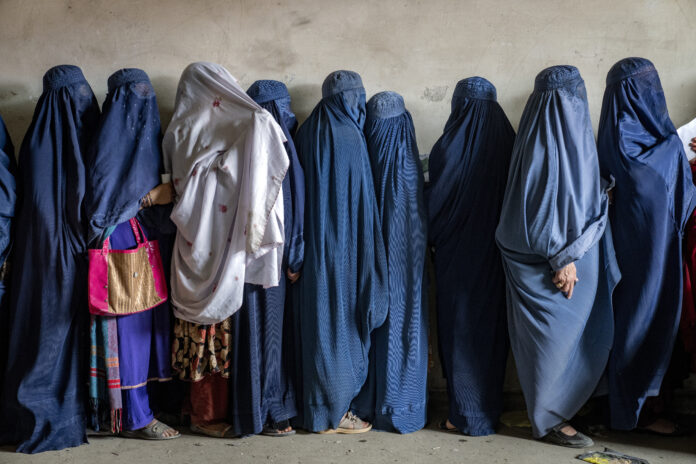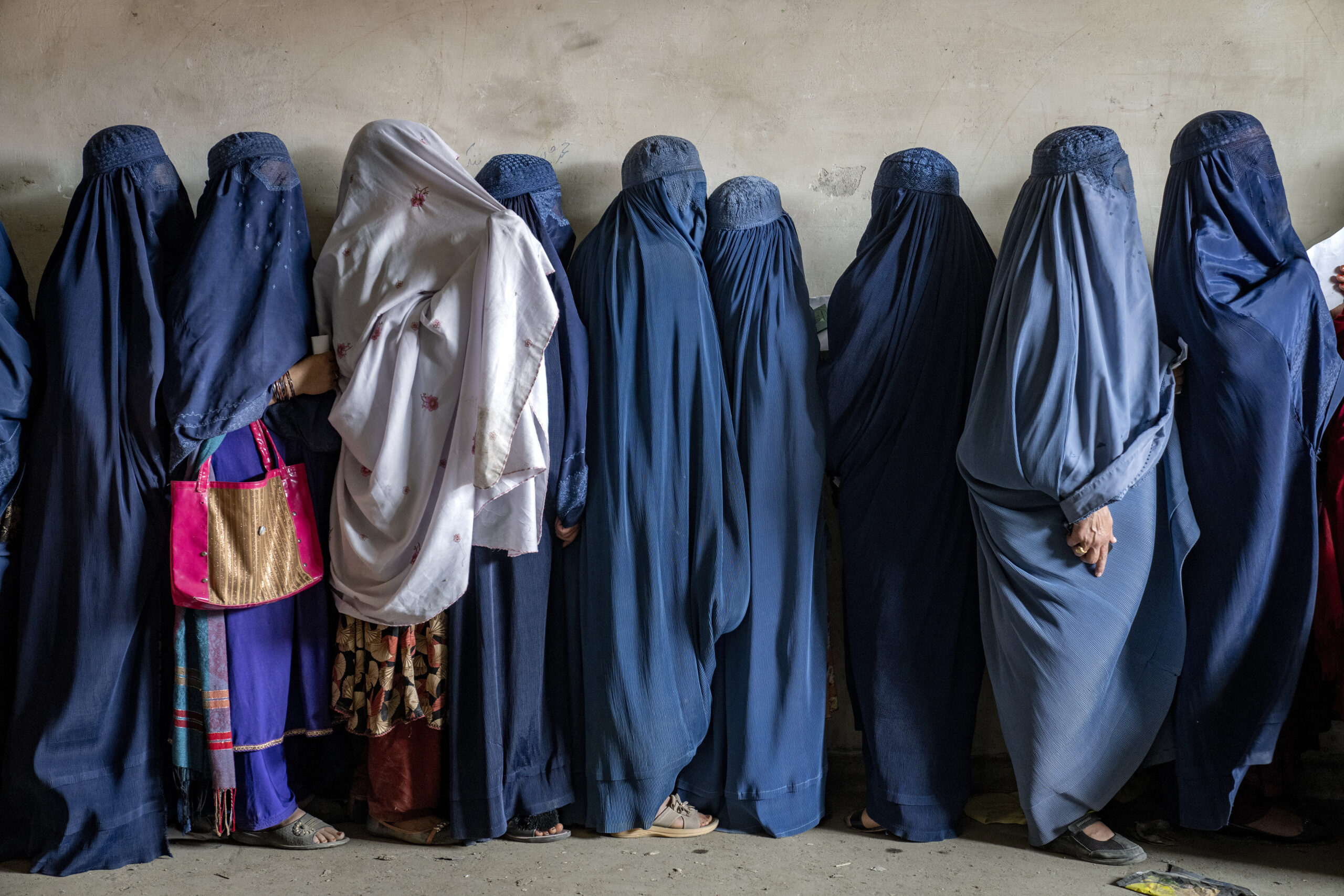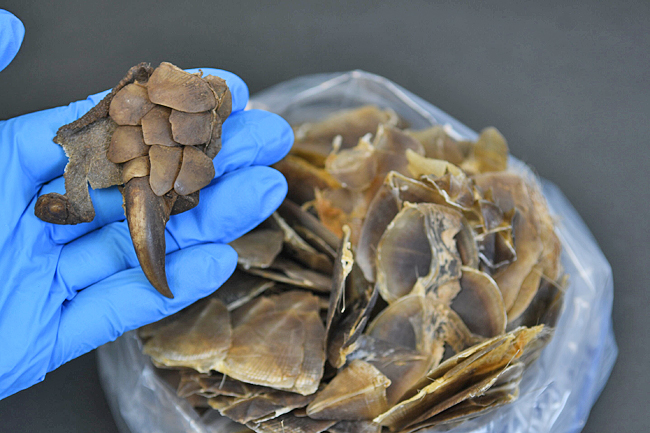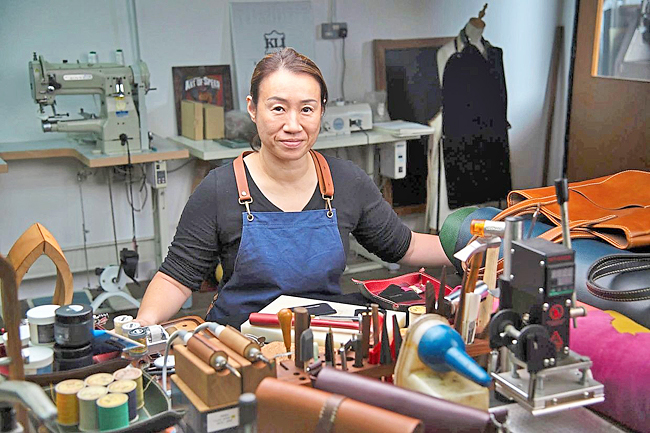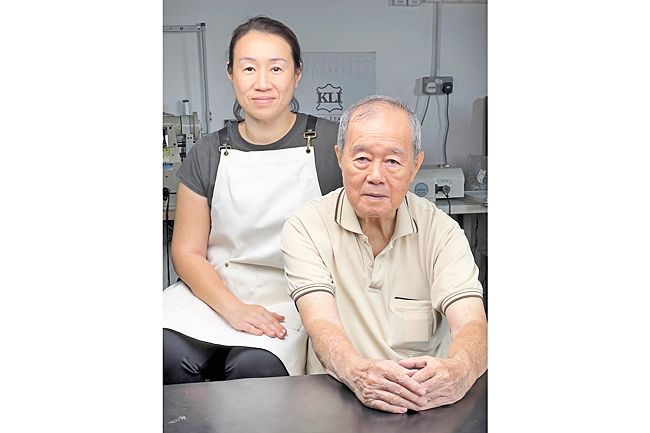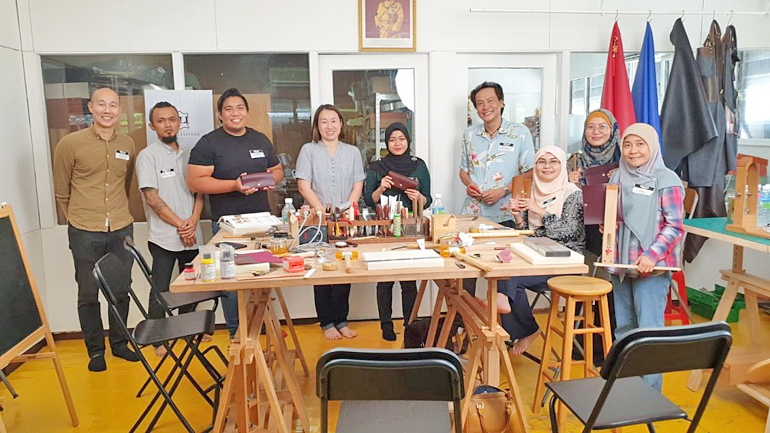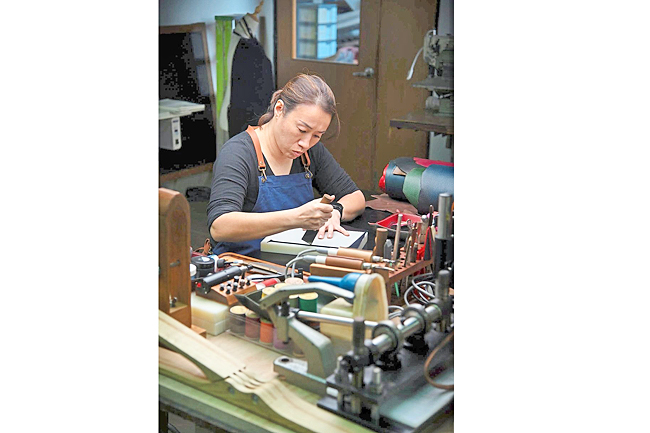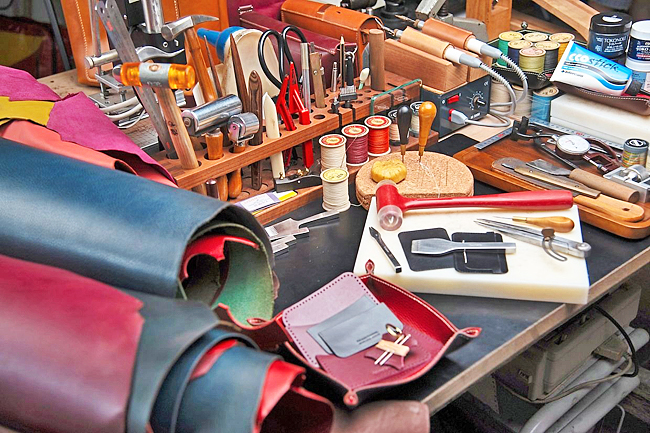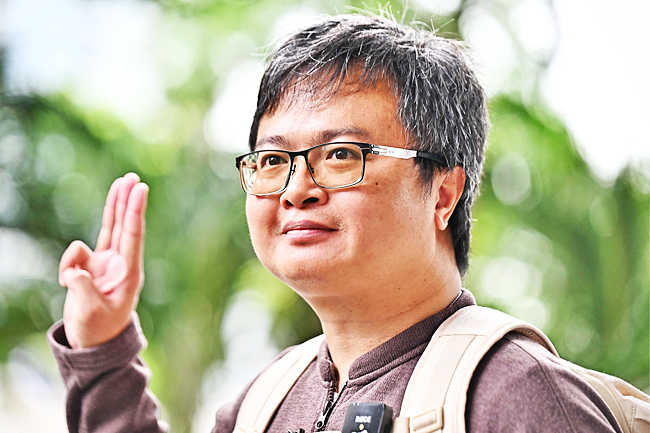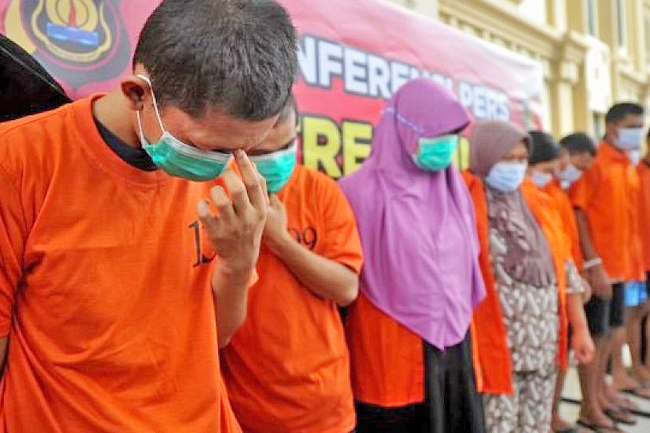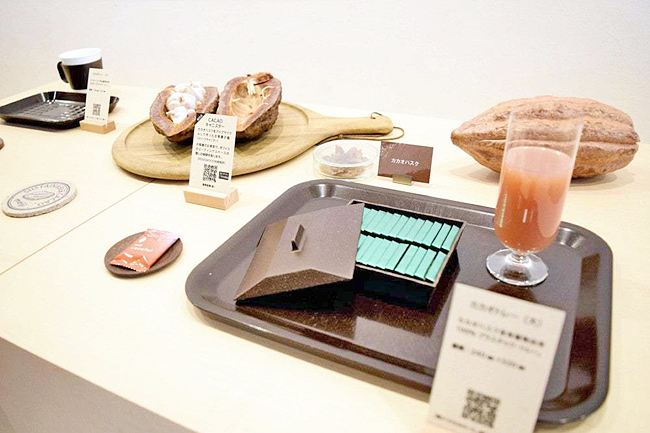THE WASHINGTON POST – I hate the expression “dump dinners.” Every time I hear it, I recoil because it sounds so unappetising to me. And, yet, I’m so drawn to the concept: Put all of the ingredients in a baking dish, on a sheet pan or in a Dutch oven, skillet or multi-cooker, and then step away while it cooks.
Even if the vessel changes from recipe to recipe, I prefer to call this one-pot cooking, if that’s okay with everyone.
I’ve never fully embraced the slow-cooker function on my multi-cooker, but I make frequent use of its pressure-cooker function for one-pot, weeknight suppers, especially when the weather starts to turn cool and I want something convenient, cosy and saucy without the wait.
I’m a big fan of the bright flavour of lemon as the days grow shorter, too, so this Lemon Chicken with Potatoes from “Instant Pot Miracle Mediterranean Diet” by Urvashi Pitre sounded just right for welcoming autumn.
Along with lemon juice, a whole lemon – peel and all – is thinly sliced and added to the multi-cooker with the chicken, broth and seasoning. The potatoes are added last to keep them on top and prevent them from overcooking.
The result is a luscious stew with a thin broth that has a slight pleasantly bitter note from the lemon pith. The cooked lemon calls to mind preserved lemons, but without the extra step, Pitre writes in her cookbook.
(If you want a richer sauce, she says to remove the chicken, potatoes and lemon and whisk in a bit of butter.)
In her cookbook, Pitre extols the virtue of eating a Mediterranean diet, and she writes about how her Instant Pot helps her continue to cook even while dealing with a degenerative disease that can limit her mobility.
The cookbook is a good one for the multi-cooker novice because she offers insights into Instant Pot terms – quick release vs natural release, for example – and descriptions of what all the buttons do. She also gives general tips for using a multi-cooker:
- Factor the time it takes for a pot to come up to pressure into your cooking equation, keeping in mind that a fuller pot takes longer to reach pressure.
- Don’t worry about browning proteins and vegetables. She says that pressure cooking delivers flavour without that step. (This is a hard one for me to give up because I like the look of browned meats, but I did as she instructed with this chicken dish and it was delicious.)
- Consider using frozen vegetables. This slows the cooking so that you don’t end up with mush.
Each recipe offers active time and total time, the functions you will use, and the kind of release you will use for the dish.
I tried several of her recipes. Each worked just as she described. I chose to feature this one because I liked it best among the ones I made, and because it is was a good belly-warming recipe for any novice cook who wants to dip a spoon into one-pot cooking using a multi-cooker.
The recipe takes 15 to 20 minutes to prep; the rest of the time – about 25 minutes – is hands-off. That gives you enough time to clean up the kitchen, and maybe slice up a cucumber salad and make a quick dressing if you feel like it.
Or, you could just go pet the cat and call your sister for a quick catch-up like I did.
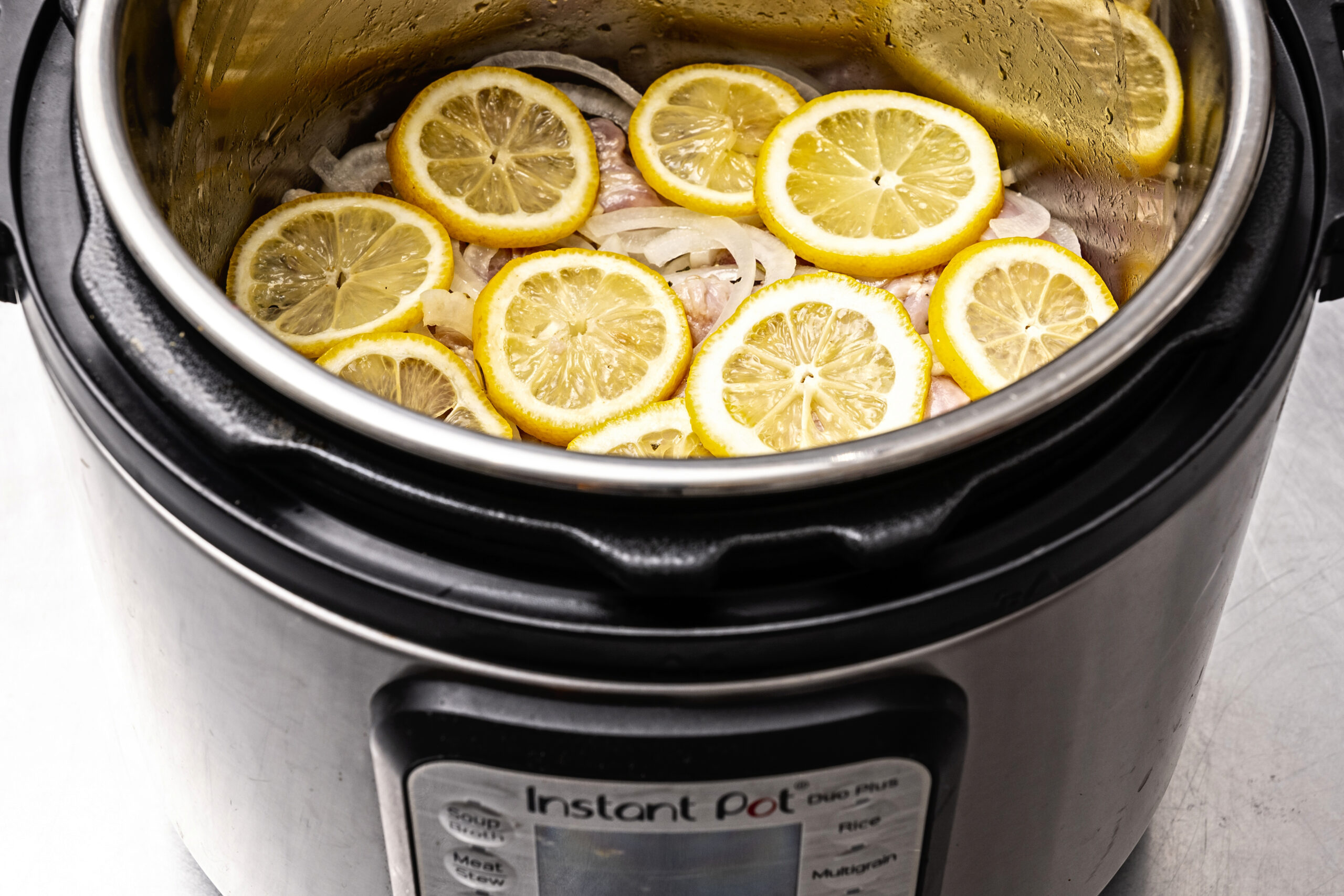
Instant Pot Lemon Chicken and Potatoes
Four servings
Active time: 20 minutes; Total time: 45 minutes
Lemon looms large in this fragrant chicken and potato dish, where the broth has a slight pleasantly bitter note from the pith. Along with lemon juice, a whole lemon is thinly sliced and added to the multi-cooker.
The dish takes only 20 minutes to prep; the rest of the time is hands-off. We tested this recipe in a 6-quart Instant Pot.
Storage: Refrigerate for up to 4 days.
INGREDIENTS
A quarter cup water or chicken broth
Two tablespoons extra-virgin olive oil
Three large cloves garlic, chopped
Two tablespoons fresh lemon juice
One teaspoon dried oregano
One teaspoon dried rosemary
One teaspoon freshly ground black pepper
Half a teaspoon fine salt
One pound skinless, boneless chicken thighs, halved
One medium white or yellow onion (8 ounces), halved and thinly sliced
One large lemon, ends trimmed and thinly sliced
One pound unpeeled baby new potatoes
Chopped fresh parsley or basil, for garnish
DIRECTIONS
In the multi-cooker, combine the water or broth; olive oil; garlic; lemon juice; oregano; rosemary; pepper; and salt. Add the chicken, stir to coat it with the oil and herb mixture, and let rest while you slice and chop the other ingredients.
Add the onion and stir to combine. Arrange the lemon slices on top of the chicken, then scatter the potatoes over the lemon, making sure to leave the potatoes on top so they don’t overcook.
Secure the lid on the pot and close the pressure valve.
Select PRESSURE (HIGH) and set to six minutes. It takes about 10 minutes for the appliance to come to pressure before cooking begins.
Once cooking is complete, cover your hand with a towel or hot pad and release the pressure manually by moving the pressure-release handle to “Venting.” Never put your hands or face near the vent when it’s releasing steam. Let the pot sit undisturbed for five minutes.
Transfer the chicken and potatoes to a platter, sprinkle with the parsley or basil, and serve.
Nutrition per serving (1 1/4 cups): 333 calories, 100g carbohydrates, 100mg cholesterol, 16g fat, 5g fibre, 24g protein, 4g saturated fat, 406mg sodium, 4g sugar
This analysis is an estimate based on available ingredients and this preparation. It should not substitute for a dietitian’s or nutritionist’s advice.





